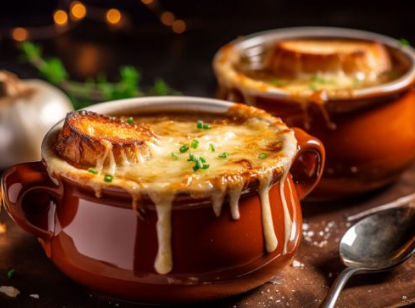WELCOME TO THE NEW YEAR 2025.
Hello foodie Lions 🦁! Happy Monday. Welcome to today's show. 🥗🍲🫕
This is the #threadcast for Day 196 of the #foodtalk on Leo, 6/1/2025. It's time for some meal inspirations and food conversation. Don't forget to use #foodtalk in your comments.
Discussion
- Be part of the Food Talk Show On Leo. Here is Day 195 that leads you to the previous threadcasts.
- Share your meals and food experiences.
- Check out the food video summaries in the threadcast.
- Share other food-related content and ask questions about food.
More about food with tips and tricks will be dropped in the threadcast. Upvote the comments you find interesting & connect with others. Let's have fun. #foodie


